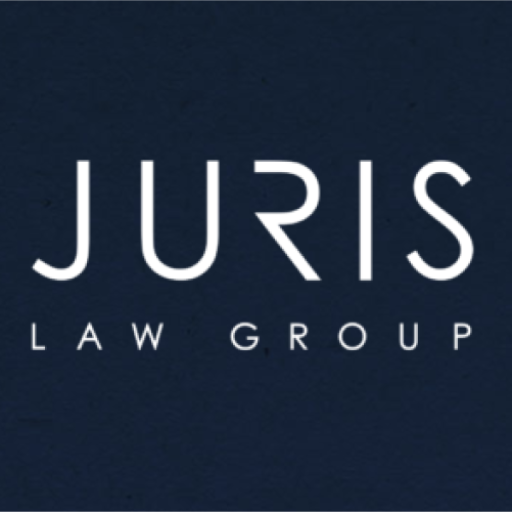
Quick Answer: The “Gold Digger” trademark filing is more than a headline; it highlights how athletes and public figures can transform cultural phrases into protected business assets. By filing early, narrowing the scope to jewelry, and treating it as part of a larger IP portfolio, this move shows how trademark law can reshape athlete branding and create new revenue streams.
Why Did Jordon Hudson File for the “Gold Digger” Trademark?
Hudson filed the application in August 2025 under Class 14, which covers jewelry, watches, and similar goods. The filing is an intent to use application, meaning she has not started selling “Gold Digger” jewelry yet but wants to reserve the rights.
From a legal perspective, this is a common strategy. Filing early secures priority over competitors and gives time to build a brand around the mark. If granted, Hudson would hold the exclusive right to sell jewelry using the “Gold Digger” name in U.S. commerce.
Is “Gold Digger” Too Offensive or Descriptive to Be Trademarked?
At first glance, many wonder: Can the USPTO deny the application because “Gold Digger” is offensive or just a generic phrase?
- Distinctiveness: In trademark law, words are judged based on their use. While “Gold Digger” is a familiar cultural term, it is not a generic term for jewelry. Instead, it is arbitrary or suggestive when applied to necklaces or rings. That helps its chances.
- Scandalous or Immoral Grounds: Years ago, the USPTO could reject “immoral” or “scandalous” marks. But since the Supreme Court’s Iancu v. Brunetti (2019) ruling, that bar has fallen away. Today, terms that might be provocative can still qualify for protection.
Could the “Gold Digger” Trademark Face Opposition?
Yes. Once published for opposition, third parties can challenge the application. Potential arguments might include:
- The phrase lacks distinctiveness and should not be monopolized
- It could create reputational harm or offend public sensibilities
- Someone else already holds similar rights
High profile applications like this often attract scrutiny. If opponents file, the USPTO will hold proceedings to decide whether the mark can register.
What Larger Strategy Does This Filing Reveal?
The “Gold Digger” application is not happening in isolation. Bill Belichick and his team have also pursued other trademarks, including “Belecast” and “The Belichick Way.” Together, these filings suggest a portfolio approach to intellectual property—protecting names, slogans, and phrases that can be monetized through merchandise, media, or endorsements.
Hudson’s filing also reflects a reclamation strategy: taking a derogatory term and transforming it into a marketable brand. In the age of viral media, controlling that narrative can be as valuable as selling the products themselves.
What Legal Details Are Getting Overlooked?
While most coverage highlights the cultural drama, the real legal story is more complex. Key details that could shape the outcome include:
- USPTO Review Timeline – Applications take 8 to 12 months before any decision, with examiner scrutiny along the way.
- Intent to Use Deadlines – Proof of use must be shown within three years, or the filing can lapse.
- Class Limitations – Filing under Class 14 only protects jewelry and accessories, not apparel or media.
- Opposition Risk – Public attention makes it more likely that competitors or critics will challenge the mark.
- Genericide Concerns – If the phrase becomes too widely used, it could lose its distinctiveness as a trademark.
- Legal vs Public Framing – What the USPTO weighs is distinctiveness, not cultural opinion or controversy.
- Portfolio Strategy – Filing multiple marks strengthens enforcement power across different industries.
By addressing these overlooked angles, brands can better understand what really determines success at the USPTO.
What Can Brands and Athletes Learn from This?
- File Early with Intent to Use – Secures nationwide rights before launching products
- Context Matters – Even common phrases can be distinctive in the right category
- Expect Public Scrutiny – High profile marks can invite challenges or backlash
- Think in Portfolios – Building multiple marks strengthens overall brand protection
- Reframing Language Works – Controversial terms can become assets if handled strategically
At Juris Law Group, we advise athletes, entrepreneurs, and brands on building strong IP portfolios. Our team has helped clients navigate intent to use filings, opposition proceedings, and licensing deals that turn cultural phrases into protected assets.
FAQs About the “Gold Digger” Trademark Filing
Q1: Can any phrase be trademarked?
No. Marks must be distinctive and not merely generic or descriptive of the product. However, cultural or slang terms often qualify if they are arbitrary in the product category.
Q2: How long does an intent to use trademark last?
Once filed, applicants must show proof of commercial use within about three years (with extensions) or risk abandonment.
Q3: Could someone stop Hudson from using “Gold Digger”?
Yes, if they successfully oppose the application or prove they have prior rights in the same category.
Q4: What happens if the mark is granted?
Hudson would have the exclusive right to sell jewelry branded “Gold Digger” in the U.S. and could enforce those rights against infringers.
Final Takeaway
The “Gold Digger” trademark filing shows how cultural terms can become powerful legal tools when paired with the right intellectual property strategy. By filing early, narrowing the scope to jewelry, and positioning the mark as part of a broader brand portfolio, Hudson and Belichick are using the law to turn controversy into opportunity.
For athletes, entrepreneurs, and companies, the lesson is clear: a trademark is more than a name, it is a shield, a business asset, and a storytelling device. Managing it wisely requires foresight, compliance, and strategic counsel. At Juris Law Group, we help clients navigate these exact challenges to secure lasting brand protection.
